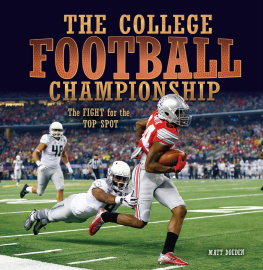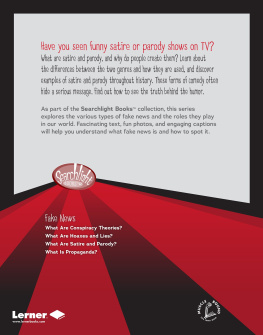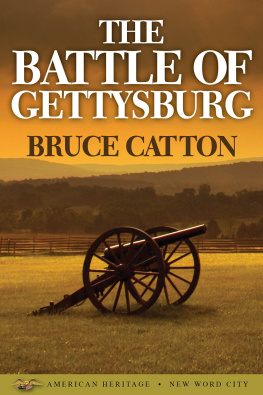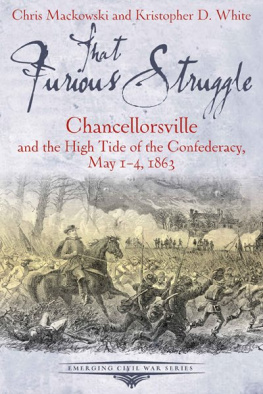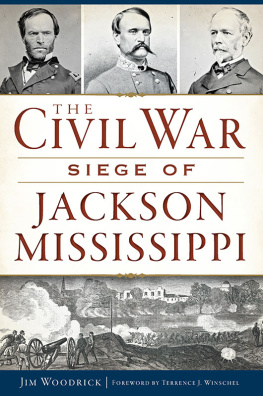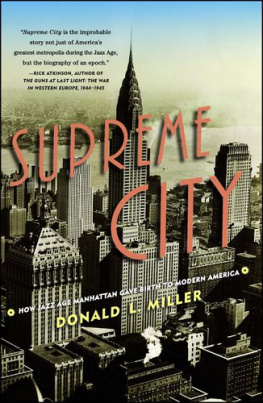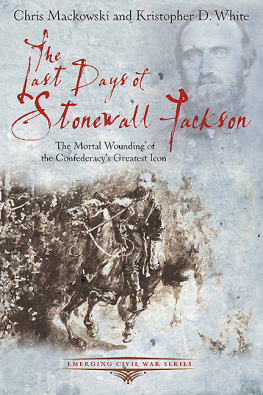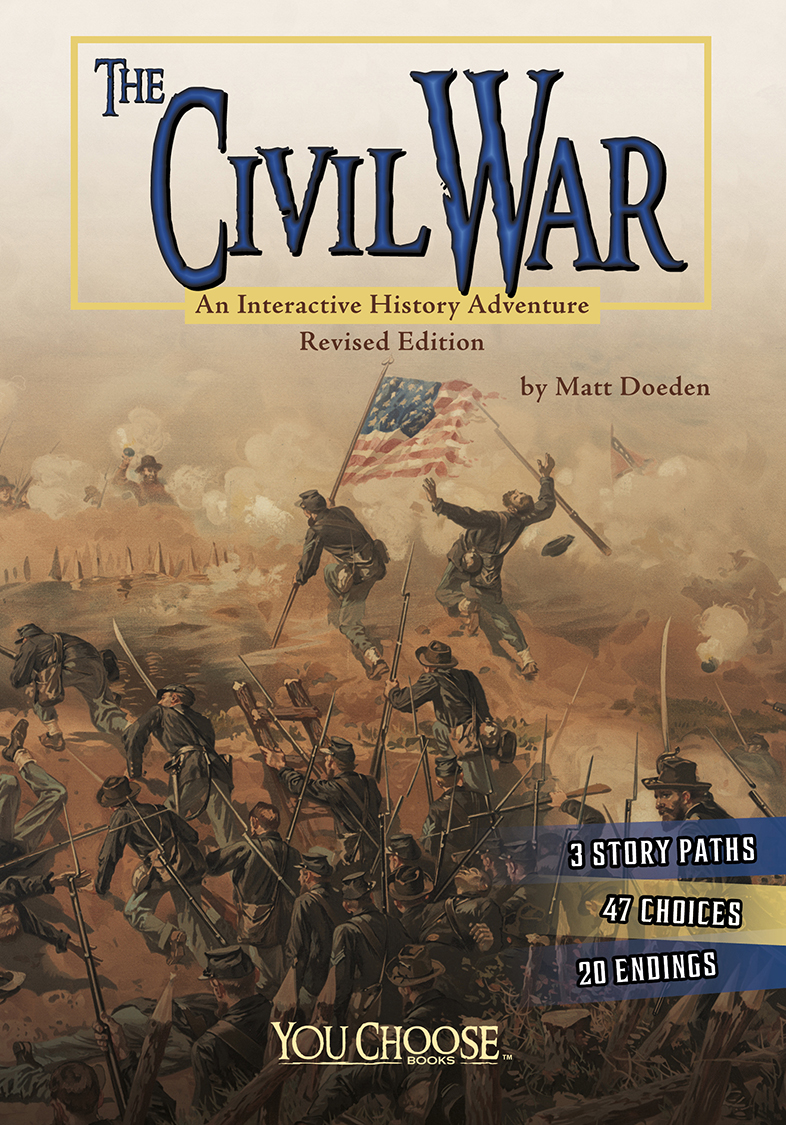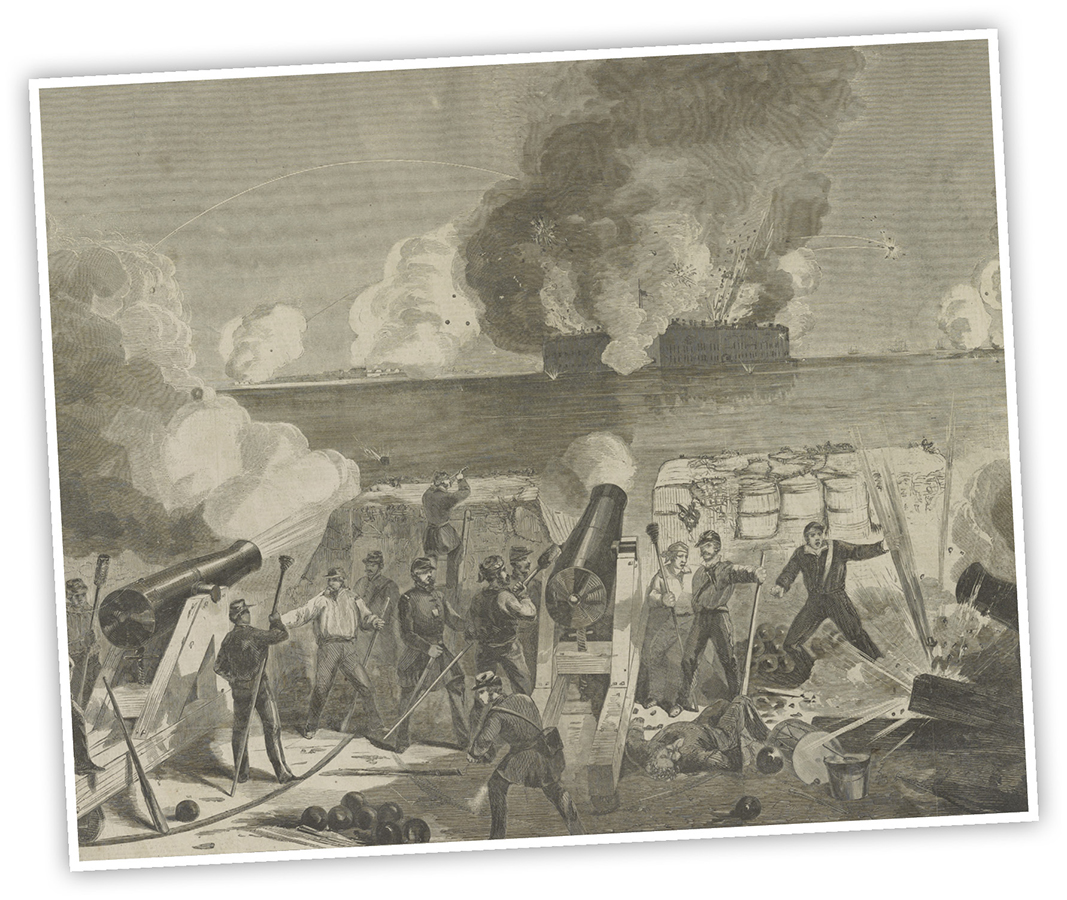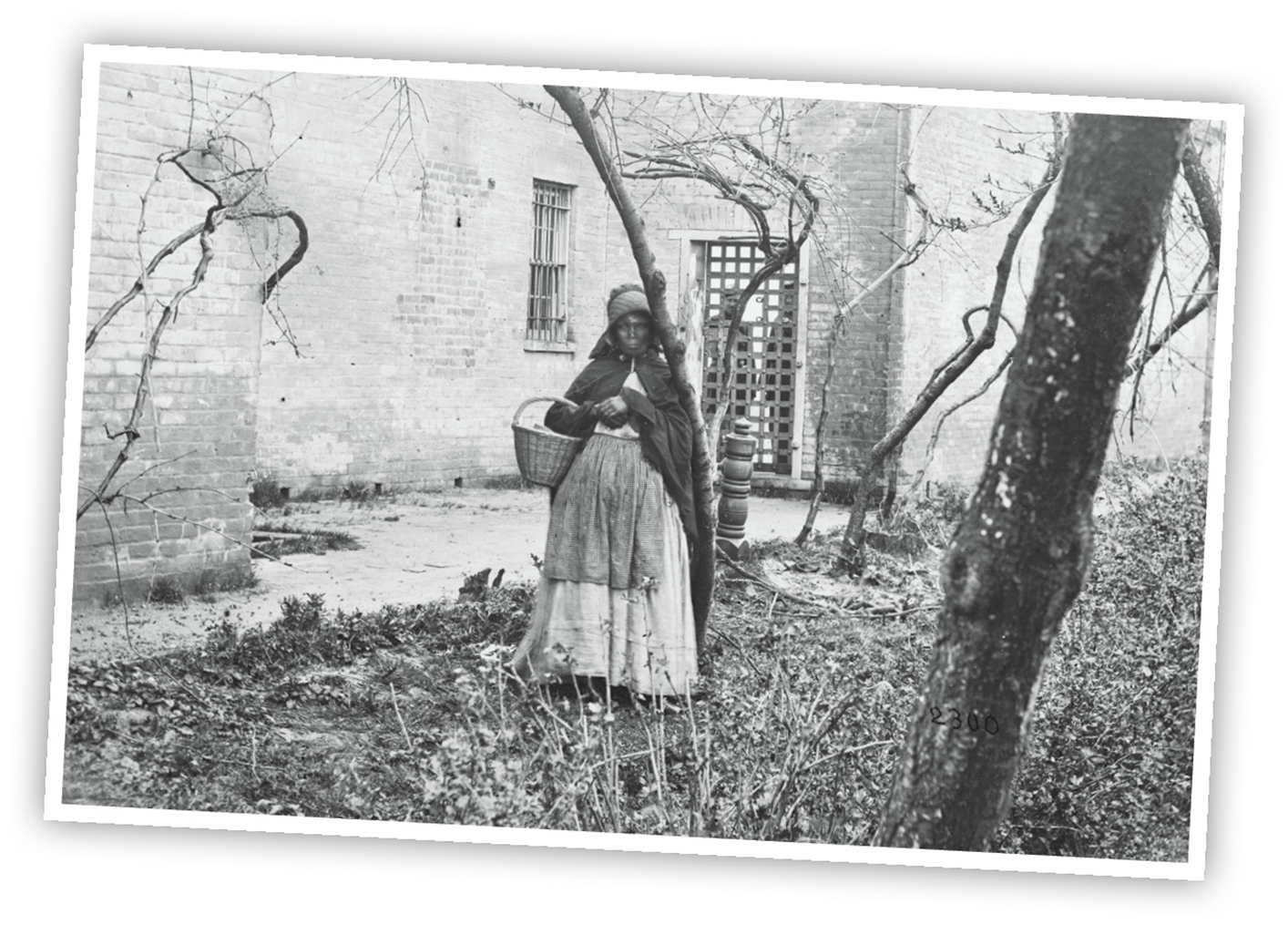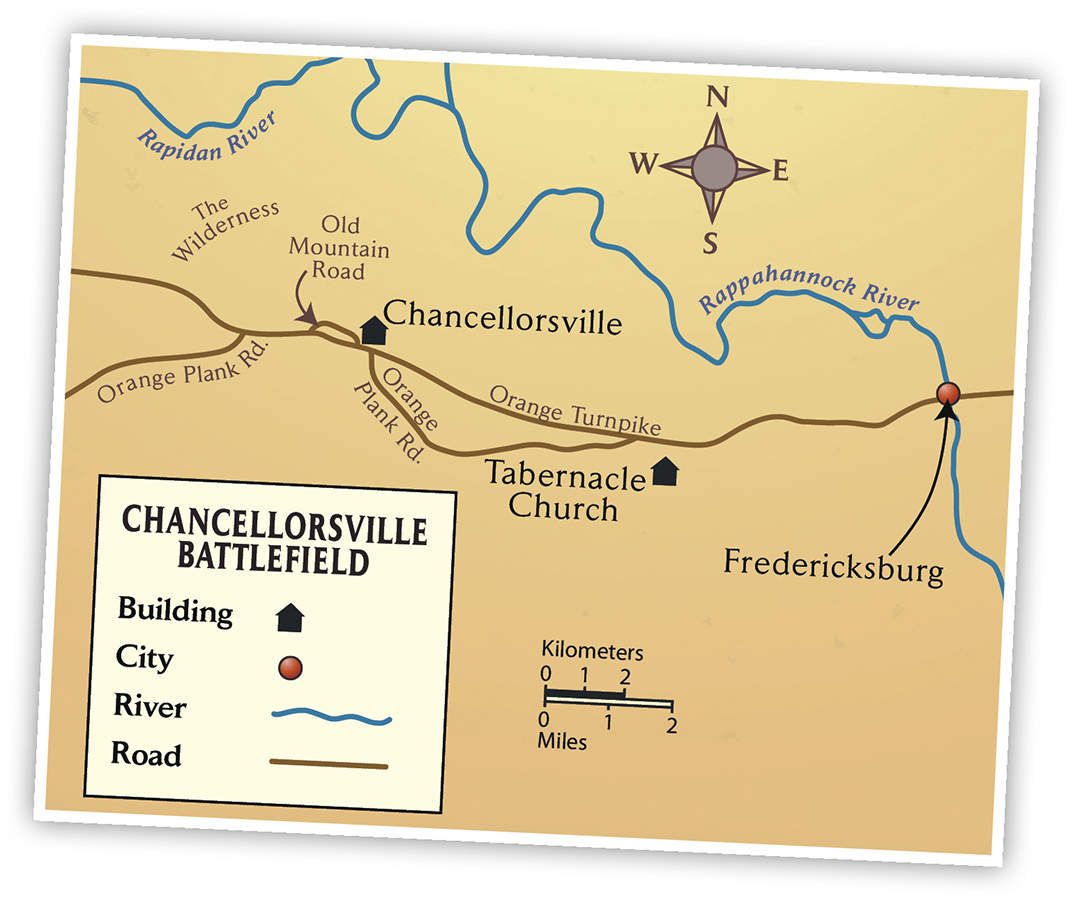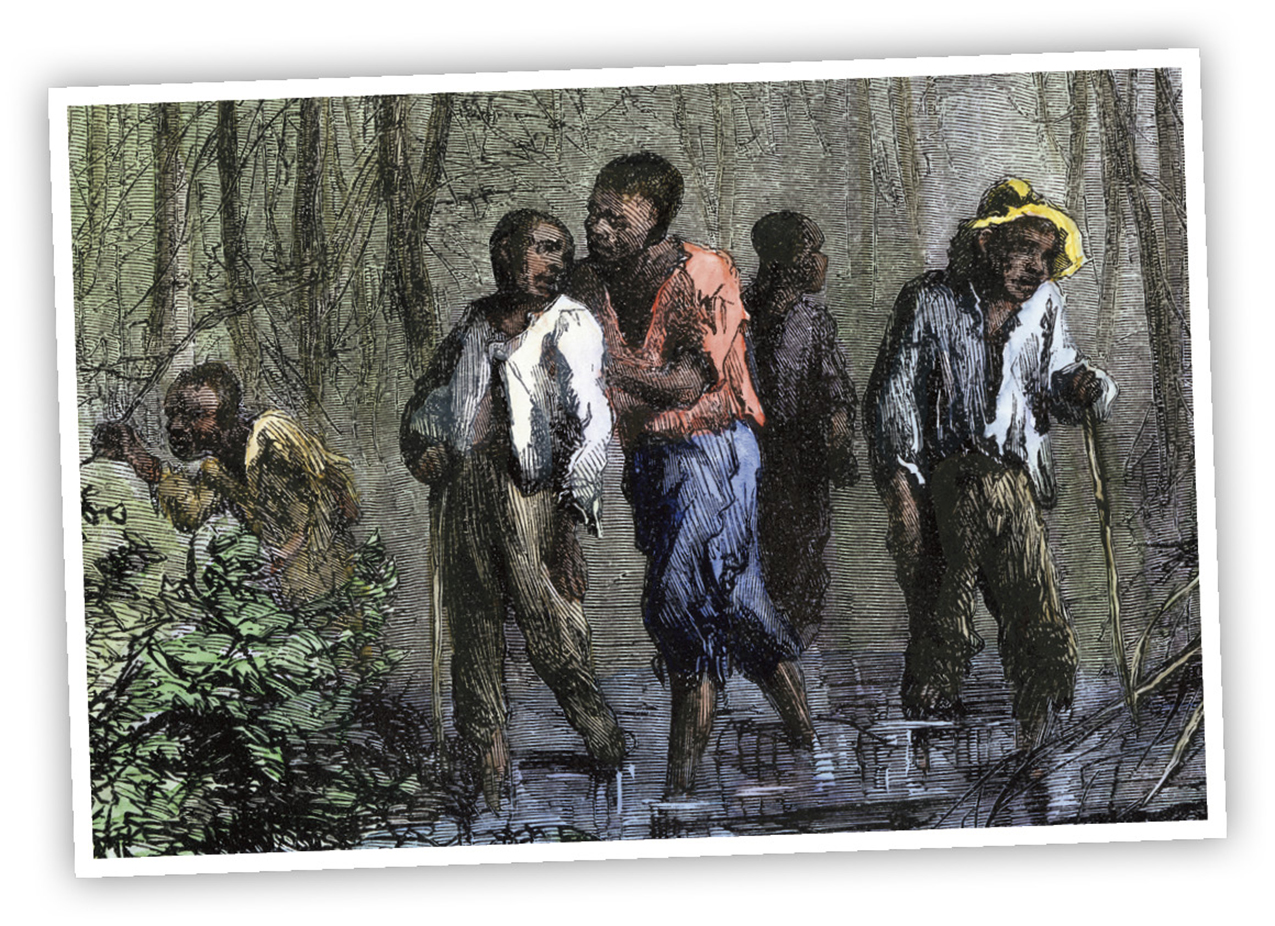For the best You Choose experience,
view in portrait (vertical) orientation.
ABOUT YOUR ADVENTURE
YOU are living in the United States in 1863. A civil war between the North and the South has divided the nation. Which side will you support? What decisions will you have to make?
In this book, youll explore how the choices people made meant the difference between life and death. The events youll experience happened to real people.
Chapter One sets the scene. Then you choose which path to read. Follow the links at the bottom of each page as you read the stories. The decisions you make will change your outcome. After you finish one path, go back and read the others for new perspectives and more adventures. Use your device's back buttons or page navigation to jump back to your last choice.
YOU CHOOSE the path you take through history.
CHAPTER 1
A Nation Divided
The year is 1863. The United States and the Confederate States of America are in the middle of a bitter civil war. The war started April 12, 1861, when Confederate soldiers fired on Fort Sumter in South Carolina. Since then, the of the South have fought many battles.
The issues behind the war are complicated. But you understand a few things. The South wants its independence from the North. The 11 states of the Confederacy have seceded, or withdrawn, from the United States. They want their freedom from what they see as a controlling federal government.
Confederate soldiers bombarded Fort Sumter from Fort Moultrie on April 12, 1861.
Slavery is a central issue. Slavery is illegal in the North. Southern states want to keep the right to own slaves. On January 1, 1863, President Abraham Lincoln signed the Emancipation Proclamation. This order freed slaves living in Confederate-held areas. The Norths main goal is to keep the Union together, but it also supports ending slavery in the entire country.
In the East, the Confederate army has dominated the first two years of the war. Under the leadership of Generals Robert E. Lee, Joseph Johnston, Thomas Stonewall Jackson, James Longstreet, and others, the Confederacy has won battle after battle. President Abraham Lincoln knows the Union needs a big victory. But he struggles to find a leader who can match up to the Confederate commander, Lee.
In the South, slaves were held in slave pens like this one before they were sold.
The situation is a little brighter for the Union in the West. Early battles focused on control of Tennessee, Missouri, and Kentucky. Although Missouri and Kentucky are slave states, they decided to stay in the Union. Even so, both states have troops who fight for the Confederacy.
In April 1862, Confederate forces in the West suffered a major blow. At the bloody Battle of Shiloh in Tennessee, General Ulysses S. Grant led the Union to victory. During the battle, General Albert Sidney Johnson was killed. He commanded the Confederate forces in the West. Soon after, Union forces captured the important Mississippi River cities of Memphis, Tennessee, and New Orleans, Louisiana.
General Grants next goal is complete control of the Mississippi River. In spring 1863, he moves his army toward the port city of Vicksburg, Mississippi. His action forces Confederate troops to retreat into the city.
By this time, the war seems to be at a turning point. If the Confederates continue their success in the East, the end may be near. But the Union army still outnumbers the Confederate forces. A few victories could quickly turn the tide and bring the Confederate army to its knees.
CHAPTER 2
A Confederate at Chancellorsville
It is the evening of April 30, 1863, in the Confederate armys camp near Fredericksburg, Virginia. Groups of men gather to play cards or dice, their laughter rising up over the camp.
You cant join in the fun just yet. You and your friend, Charles, are part of a scouting unit. Your job is to keep track of Union General Joseph Hookers army.
You and Charles stand before General Thomas Stonewall Jackson and his aides. Jackson listens intently as you describe the land youve scouted. Hes especially interested in any roads that run west just to the south of the Union line.
Civil War army scouts and cavalry gathered information about the enemys location and battle plans.
Hooker has at least 50,000 men camped near Chancellorsville, sir, and probably more on the way, you tell Jackson.
Chancellorsville! Is that a town? Jackson asks. No, sir, Charles answers. Its the Chancellor familys farmhouse. Its at the intersection of several roads along the Orange Turnpike, about 11 miles west of Fredericksburg.
Jackson nods slowly and dismisses you. Get some sleep, men, he adds. Thats an order.
As the two of you walk away, you sigh with relief. Jackson is a gruff and intimidating man. Only General Robert E. Lee commands more respect from the men.
The Confederate army is confident. Theyve whipped the Union again and again. Now the largest armies of the Union and the Confederacy are moving closer. The outcome of the war could soon be decided.
Come on, Charles says. I know where we can get in on a poker game.
You go ahead, you say. Tomorrow, Lee will split his forces a huge risk. Whether you go with Stonewall Jackson to attack the Union or stay with the main army, you want to be rested.
About 2:00 the next morning, May 1, Jackson marches off with about 30,000 men. They quietly move toward the Union left flank.
After Jacksons forces leave, you get a few more hours of sleep. As dawn breaks, you and Charles ride north, searching for any movement along the Yankee line.
Suddenly, you notice movement in the distance. What was that? you ask.
Im not sure, Charles replies. Lets go look.
You ride toward a small, tree-covered ridge. You spot three people huddled behind some bushes. As you ride closer, you see their dark skin and ragged clothing. You realize that theyre runaway slaves.
You there, you say, drawing your revolver. Come out.
Escaped slaves moved during the night and hid during the day.
A woman and two children emerge, looking terrified. Please, sir, dont turn us in, the woman begs. Theyll whip me and punish the children.



